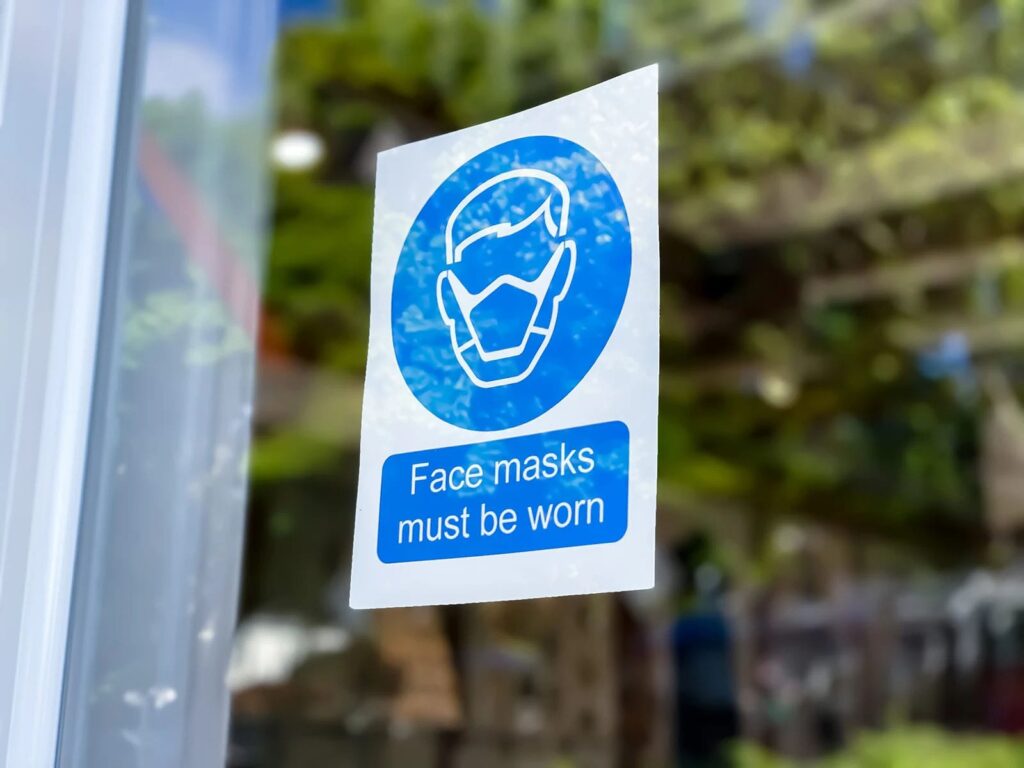
The COVID-19 pandemic has forced healthcare organizations to adapt—and adopt alternative ways of delivering care to patients. Artificial intelligence and the Internet of Things promise to revolutionize healthcare. Thank you to the team at Cigniti for this guest blog post.
Since the start of the COVID-19 pandemic, the healthcare industry has been forced to adapt rapidly as institutional resources have become increasingly strained. The adoption of alternative ways of delivering care to non-COVID patients—notably through virtual health platforms, remote patient monitoring and other digital solutions—has brought progress toward the goal of enhancing the quality of patient care while using resources more efficiently. But as the pandemic has worsened and the gap has widened between the numbers of patients and of available practitioners, the need to make healthcare even smarter has become apparent.
Telehealth and other virtual health technologies and the implementation of electronic health record (EHR) systems for clinical processes are only the beginning. Machine learning and other applications of artificial intelligence (AI), in conjunction with “smart” Internet of Things (IoT) technologies that collect and transmit data, promise to revolutionize healthcare delivery by making processes more efficient and cost-effective. Such technologies can also ease the burden on practitioners struggling with stress and potential burnout, thus strengthening the fourth pillar of the Quadruple Aim: clinician satisfaction.
Smart Data Collection, Analysis and Response
During the pandemic, healthcare organizations have used virtual health platforms to consult remotely with high-risk patients, reducing the threat of virus spread. Sophisticated care intelligence platforms can gather data from multiple sources, including smart medical technology (such as wearable devices for monitoring vitals), as well as claims data, social determinants of health (SDOH) data and pharmacy data. Machine learning and other AI technologies can analyze that data and alert patients and caregivers when a patient needs additional support. Through continuous coordination and communication, high-quality care is delivered efficiently and at a reduced cost.
Triage and Diagnosis
AI-based chatbots have been another tool during the pandemic, assisting healthcare professionals in triaging incoming patients. Other AI-based digital solutions allow individuals who develop potential COVID-19 symptoms to take a self-assessment. Based on assessment results, AI algorithms can help determine whether individuals are at high risk or low risk for the coronavirus. Having an AI solution perform this initial triage saves time and effort, allowing valuable healthcare resources to be devoted to those in more critical condition.
In many virtual health platforms, AI bots are also used to collect a patient’s medical history and basic information. Combined with machine learning technologies, these AI bots can assist with an initial diagnosis and help direct the patient to the right specialization.
Although AI is mostly limited to basic triaging at this point, we can expect it to grow smarter and more useful in the care of non-critical patients.
Standardization and Interoperability
The combination of AI and IoT can help build a standardized and interoperable healthcare system, which in turn can speed up diagnostics and treatment, improve the value of patient care and, in some cases, avert life-threatening situations.
The goal is to create a connected ecosystem with real-time data exchange and humanlike intelligence to help interpret results as we move toward a smarter and more efficient healthcare delivery model.



About The Author: Cigniti
Cigniti offers software testing solutions for diverse life science and healthcare players such as hospitals, pharmaceutical companies, healthcare services, clinical labs, diagnostic centers, third-party administrators, payers, medical equipment manufacturers, healthcare ISVs and research organization. Cigniti provides end-to-end advisory and transformation services, test automation, and performance, function and security testing solutions with a strong emphasis on regulations, compliance, quality and more. With software testing capabilities for healthcare and life sciences-based mobile applications, connected health IoT and regulator testing, Cigniti facilitates the journey of healthcare toward a smarter, digital future. To learn more, visit www.cigniti.com.
More posts by Cigniti